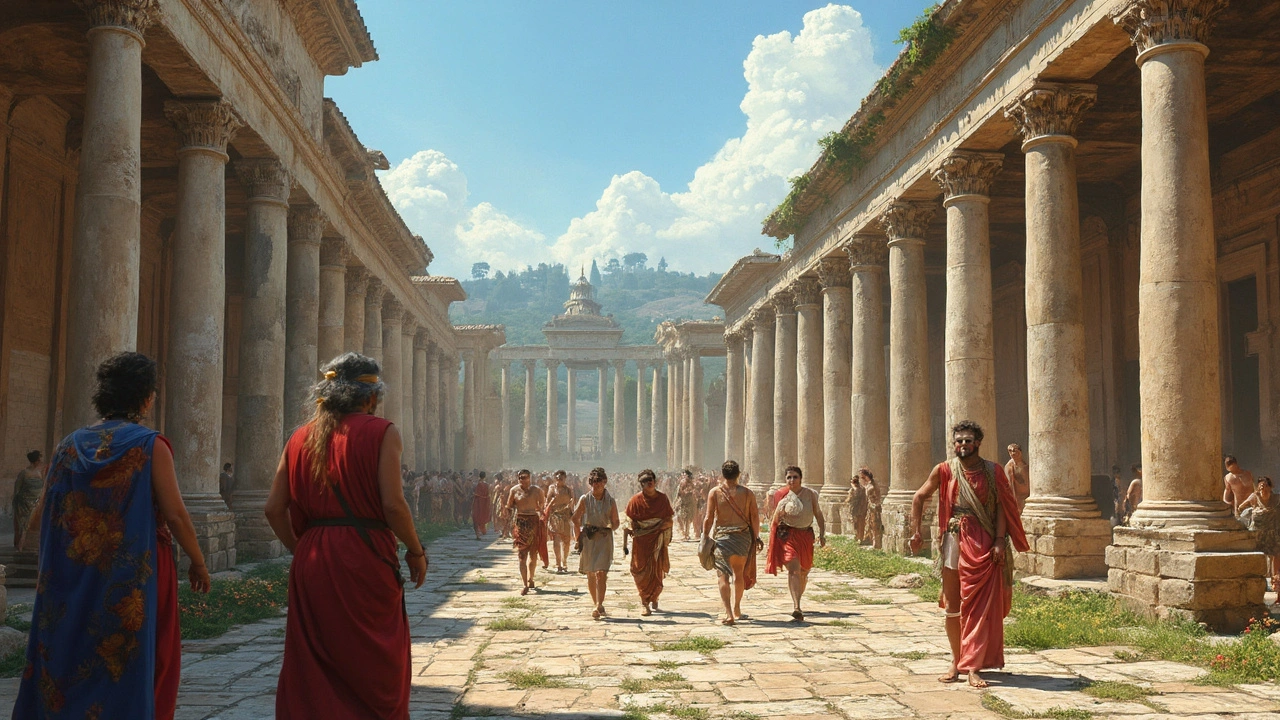Coliseum: What It Is and Why It Still Matters
The Coliseum stands as one of the clearest symbols of ancient Rome. Built for crowds and spectacle, its design influenced builders for centuries. If you want a quick, useful guide—here are the facts that matter, and how to experience the Coliseum today.
The basics: the Coliseum is an ancient Roman amphitheater famous for gladiatorial games, public shows, and engineering. Its full name is the Flavian Amphitheatre. It used concrete, arches, and vaulted corridors to move thousands of people fast. Those features still show up in modern stadiums.
Why the Coliseum matters
First, it shows Roman engineering in action. The choices—arches, levels, radial corridors—made big public gatherings possible. Second, the Coliseum shaped cultural life. Events there mixed politics, religion, and entertainment in ways we still see in public venues today. Third, it teaches preservation lessons: weather, tourism, and pollution all threaten ancient stone, so careful restoration is ongoing.
When you study the Coliseum you learn to spot Roman tricks: repeated arches that spread weight, concrete that set underwater, and seating arranged by social rank. These details tell stories about how Rome organized people and power.
How to see it today
Visiting? Buy tickets in advance to skip long lines. Guided tours add context, pointing out details you’d miss alone, like the hypogeum tunnels under the arena floor. Go early morning or late afternoon to avoid crowds and get better light for photos. Wear comfortable shoes—the site has uneven stone and steep steps.
If you can’t go in person, virtual tours and many museum exhibits online give good closeups of mosaics, arches, and engineering drawings. For deeper reading, check articles about ancient Roman architecture and hidden Roman gems that break down construction, materials, and lesser-known sites worth visiting.
For students and hobbyists, compare the Coliseum to later styles. Look at Byzantine domes, Renaissance symmetry, or Beaux-Arts grandeur to see how architects reused Roman ideas. Not every building copies the Coliseum directly, but many borrow its circulation patterns and monumental scale.
Preservation matters. When you visit, follow posted rules: don’t touch fragile surfaces, stay on marked paths, and respect barriers. Donations and responsible tourism help fund conservation projects and keep the site accessible for future visitors.
Want more? Read guides on ancient Roman architecture, the Colosseum’s hidden features, and preservation techniques to connect concrete facts with real buildings. The Coliseum is not just a ruin—it’s a learning tool for anyone curious about how big ideas in architecture travel across time.
Quick checklist before you go: book a timed entry, carry ID, bring water, and pack a light jacket since temperatures drop in the hypogeum. Consider a combined ticket that includes the Roman Forum and Palatine Hill to save time and money. If you can, pick a guided tour that opens sections usually closed to general visitors. Read up on restoration work first so you understand scaffolding and restricted areas. Finally, be patient—popular sites run on schedules, and a calm visit beats rushing through history.

Ancient Roman Architecture: Masterpieces, Engineering, and Lasting Influence
Take a vivid journey into Ancient Roman architecture—discover secrets behind iconic buildings, see engineering marvels, and learn why Roman style still shapes our world.
Read more